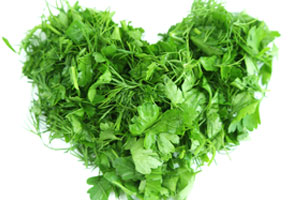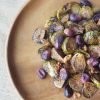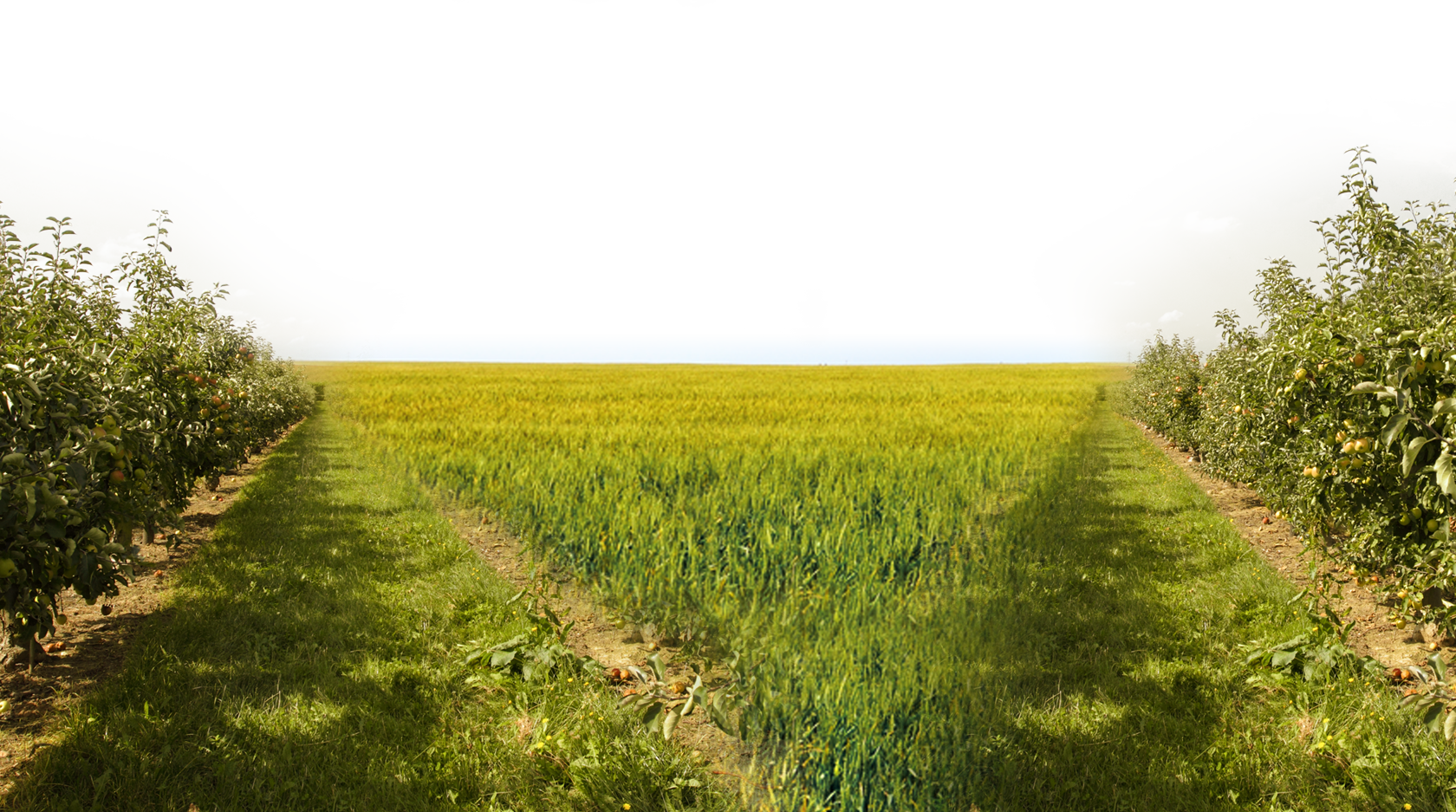
The Power of Parsley
By Linda Bonvie | 1 Comment | Posted 06/29/2014
If you think of parsley as just a decorative garnish to a plate of food in a restaurant, you’re missing out on a lot of valuable vitamins and antioxidants. This herb is a powerhouse of nutrients – so stop pushing it to the side of your plate and get it into your diet!
Parsley has a long history of use, but it was first known for its curative powers — and for good reason!
- Essential oils: Parsley contains some amazing and powerful essential oils. These compounds are thought to have anti-cancer and anti-inflammatory properties, as well as being helpful with allergies and autoimmune disorders.
- Antioxidants: Parsley is a great source of vitamin C and super-high in vitamin K (which helps with blood clotting). It also has substantial amounts of vitamins A and folate, a very important B vitamin.
- Detox: The essential oils and flavonoids (antioxidant compounds found in plants) parsley contains make it very good for the liver. Consuming parsley can boost production of a liver enzyme that helps in detoxification.
- Bad breath: Parsley is high in chlorophyll (think green), giving it anti-bacterial properties that can naturally help with bad breath. So you might want to chew on that sprig you thought was just there to decorate your plate if you want to “get close” to your dinner companion
- Bug bites: Parsley can really help remedy the itch and inflammation of an insect bite. Crush some fresh leaves and rub directly on the itchy area.
Okay, now that you know how great parsley is, here’s how you can get more of it into your diet.
First, why not grow your own?
Parsley is super-easy to grow, both indoors and out. If planted outside in cold climates, it will return again the second year. But just make sure you keep harvesting your parsley plants to promote growth.
You can add fresh or chopped parsley sprigs to salads, vegetables (especially good with beets), pasta dishes, dressings, mushrooms and fish dishes. Actually, I’m hard pressed to think of a dish parsley wouldn’t go well with! I especially like it in pesto. It seems to add a nice ‘balance’ to all that basil.
Parsley also makes a great addition when you’re blending up veggie drinks, especially ones with carrots and kale.
If your parsley is fresh, it’s always best to make sure it isn’t still wet from rinsing before you chop it. So blot your parsley dry in some paper towel, or better yet, use one of those “spinners” to remove any water. (My lettuce/herb spinner is the most useful kitchen gadget I every purchased.)
So next time you’re in a restaurant with someone and see them tossing aside that parsley garnish, you may want to tell them they could very well be discarding the most nutritious part of the entire meal!


 Contact us
Contact us



























